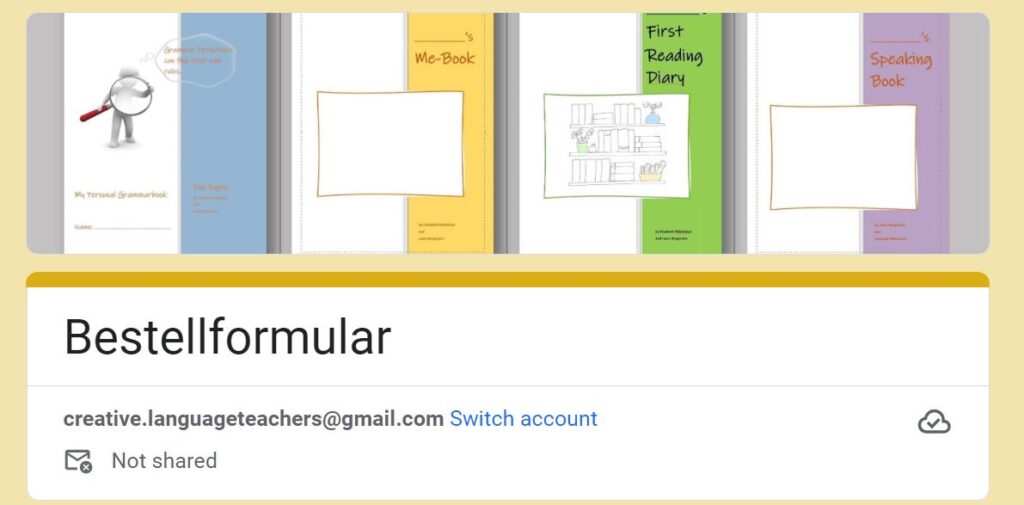Eric’s Intercultural Experiences
A reading-writing project to prepare students for an exchange trip abroad. 
Class-trips abroad are certainly one of the most motivating experiences for learners. After years of studying the language in the classroom, they can finally test their skills in real life. This is especially the case if the learners live in host families in the foreign country and accompany their host-brothers and sisters to school for a week. On the other hand, class-trips are very expensive and must be more than fun package-tours during school time. The aim of the following project was to prepare the learners for a class trip abroad and raise their awareness of cultural differences as well as similarities in the host country.
The main teaching goals of this project were:
- to develop learners’ curiosity about new cultures and experiences
- to raise the learners’ awareness of cultural aspects of their everyday lives
- to challenge the learners’ attitudes including preconceived notions and stereotypes
- to develop learners’ understanding of the various layers of “culture” (surface culture, deep culture) and their influence on human behavior (universal / cultural / personal dimensions of human behavior)
- to improve the learners’ story-writing skills in English (L2)
- to teach the language of “thank-you cards” and “describing personal experiences” in the learners’ L3 (French or Spanish)
The project was designed as a cross-curricular project in the learners’ first and second foreign languages in a class of 15 year-old students in Austria. The main part of the project was carried out in English (5th year of L2), some smaller parts were done in the learners’ second foreign language (3rd year of Spanish or French) in order to prepare them for their respective trips to Spain or France. Due to the lower level of proficiency in the students’ L3, these parts mainly dealt with the description of events and basic surface culture phenomena like food, daily routines at home and in school. The more demanding tasks and class discussions were done in English in order to allow the learners to dive deeper below the surface and explore some phenomena of deep culture. The class trips to France and Spain lasted a week and were followed by return visits of the foreign students at our school. Basically, the tasks in this project can be used to prepare language trips and intercultural exchange trips to any country or culture.
Choosing the right input to introduce the topic
We chose the picture story “Eric” by Shaun Tan in order to introduce the topic. In Tan’s story an extraterrestrial exchange student visits a family and surprises them with his unexpected behavior and questions. He seems very inquisitive, asking questions which may seem bizarre to those who have become blind to the patterns of everyday life. His hosts come to the conclusion that some of Eric’s behavior must be a “cultural thing”. The story is told in beautiful pictures that leave a lot of room for interpretation, and is accompanied by a minimum of words. The story ideally raises the question how culture shapes our perception and behavior. While textbooks regularly present topics of surface culture, such as sights, holidays, celebrations and habits, Shaun Tan’s story invites the reader to explore the uncharted depth of “deep culture”, the invisible strings that guide us.
Why a picture book?
At first sight the picture-story might seem a bit childish for 15-year-old learners, but when looking more closely, the book opens a whole new world waiting to be explored. The pictures and minimal words create more questions than answers. In his essay “Picture Books: Who Are They For?” Tan states that “a successful picture book is one in which everything is presented to the reader as a speculative proposition, wrapped in invisible quotation marks, as if to say `what do you make of this?´” This openness provokes questioning and “in asking questions of the book, the reader is inevitably asking questions about their own experience in seeking individual closure. What aspects of it are familiar, and why? What does it remind you of, or make you think about? This is a picture book that works through such resonance rather than recognition, or any didactic imperative; ideas and feelings are evoked rather than explained.”
In this sense, the story “Eric” provides a springboard for exploring subtle cultural values and behaviors and raising the learners’ awareness of cultural differences they might encounter during their class-trip.
For more info read our article about this project.
Read this wonderful story and have a look at the project tasks and learner products.
 |
 |
 |
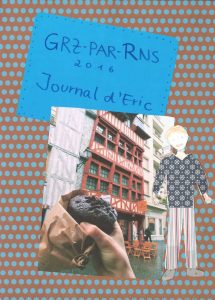 |
| Shaun Tan, Eric | Shaun Tan’s ERIC
in the Guardian |
Student booklet
with tasks |
French materials
by Joelle Donnerer |
Below find some of my students’ Eric stories and see what cultural aspects they have become aware of during the project and their class-trips.
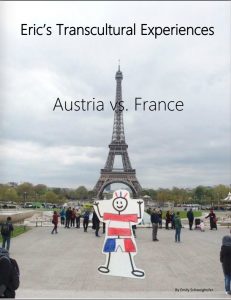 |
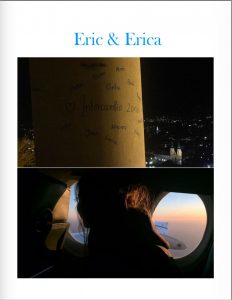 |
 |
 |
 |
 |
 |
 |
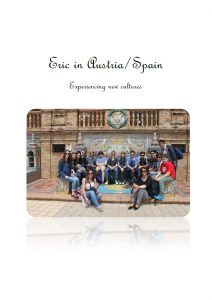 |
l |
 |
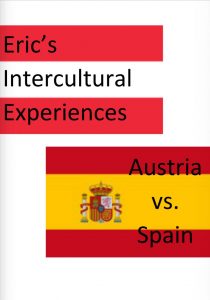 |
 |
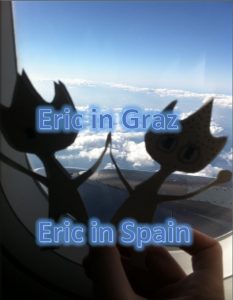 |

